The pig is a mammal belonging to the Suidae family. It has a large, lumbering body with short legs and a curly tail. Its mouth is known as a snout and is characterized by a round, supple nose made from cartilage. Its skin is called a “coat.” The coat is thick but delicate, and is covered with coarse hair called bristles. Each foot has four digits, only two of which touch the ground. These have strong nails and form a kind of hoof. Pigs descend from two lines, the European Sus scrofa and the southeast Asian Sus vittatus. Man began domesticating the pig some 8,500 years ago and there are now roughly 90 different breeds. The pig is omnivorous and feeds on grass, roots, dead fruit, tree bark, insects, garbage, even the carcasses of other animals. It forages for food, relentlessly probing the ground with its snout and emitting intermittent grunts.
Since the pig only has sweat glands on its snout, it must bathe to reduce body temperature. Pigs often bathe in mud to cool down.
Pigs are highly intelligent, possess an excellent memory, and have a repertory of grunts and cries. The male, called a boar, is distinguished from the female, a swine, by his larger body and long canine teeth. In pigs, gestation lasts less than four months, enabling the swine to give birth twice a year. An average litter contains eight or nine piglets. In China, the pig is one of the 12 figures of the zodiac. It is associated with virility and fertility. By contrast, the Bible classifies the pig as a dirty, impure creature. In Judaism and Islam, eating pig meat is categorically forbidden.
Since the pig only has sweat glands on its snout, it must bathe to reduce body temperature. Pigs often bathe in mud to cool down.
Pigs are highly intelligent, possess an excellent memory, and have a repertory of grunts and cries. The male, called a boar, is distinguished from the female, a swine, by his larger body and long canine teeth. In pigs, gestation lasts less than four months, enabling the swine to give birth twice a year. An average litter contains eight or nine piglets. In China, the pig is one of the 12 figures of the zodiac. It is associated with virility and fertility. By contrast, the Bible classifies the pig as a dirty, impure creature. In Judaism and Islam, eating pig meat is categorically forbidden.
RELATED
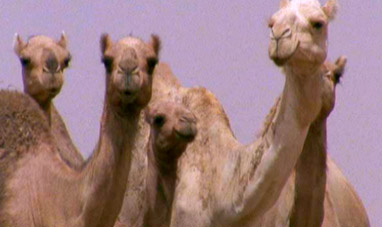

DROMEDARY
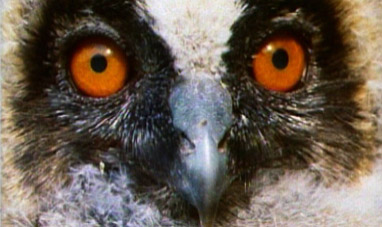

OWL
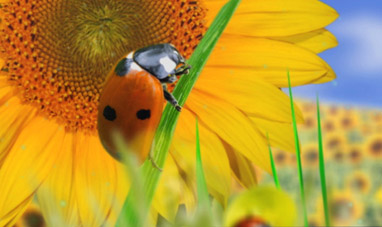

LADYBUG
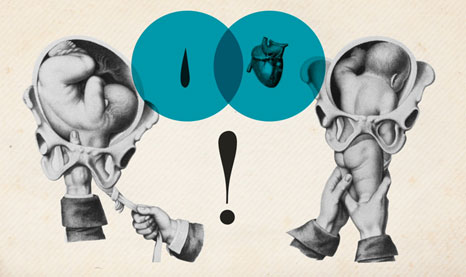

CHILDBIRTH
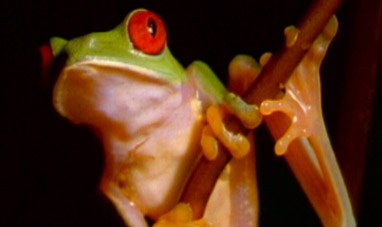

FROG


STARS


FORCE, EQUILIBRIUM AND LEVERAGE
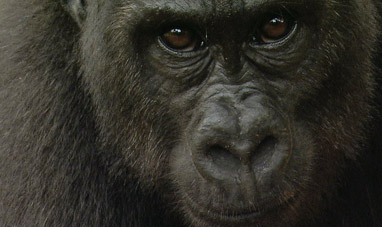

GORILLA
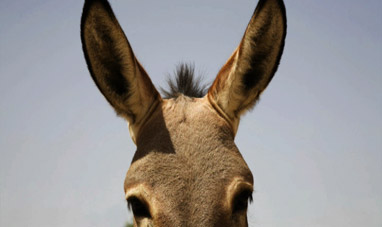

DONKEY


BEE
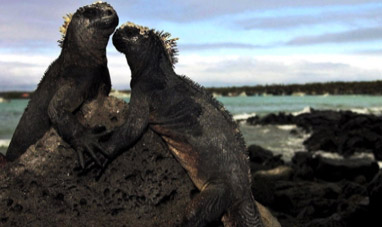

IGUANA


PULSARS
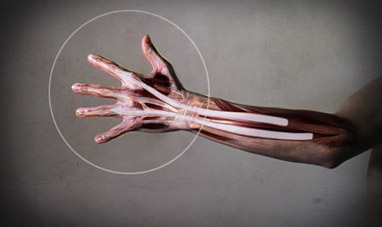

THE HANDS


AXOLOTL


FACEBOOK


BEAR
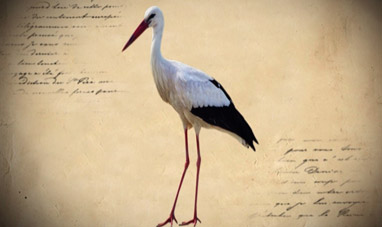

STORK
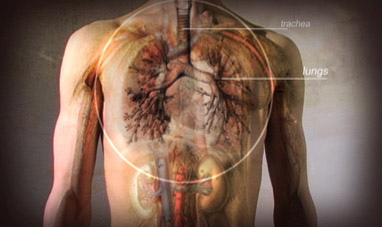

THE RESPIRATORY SYSTEM


EOLIC


CENTRIFUGAL FORCE
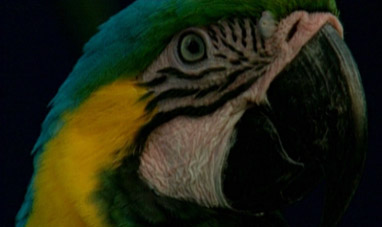

PARROTT


JELLY FISH
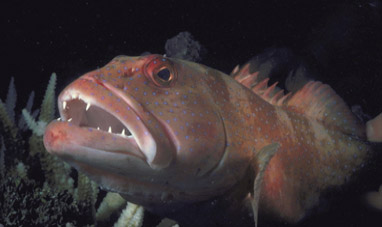

GROUPER


SOLAR THERMAL ENERGY
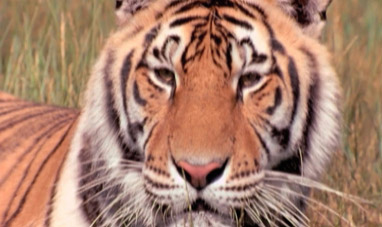

TIGER


EBAY
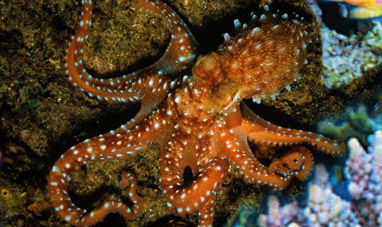

THE OCTOPUS
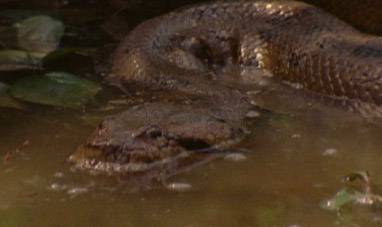

ANACONDA
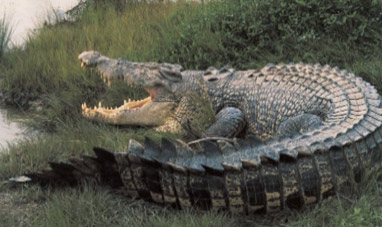

CROCODILE


FLEA
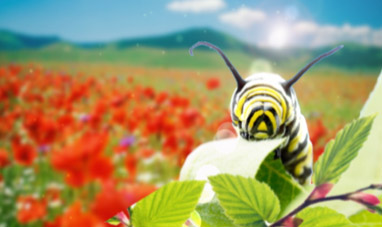

CATERPILLAR


CHEMICAL BONDS
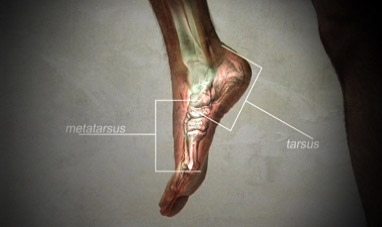

THE FEET


AMAZON


COMETS


THE NERVOUS SYSTEM
